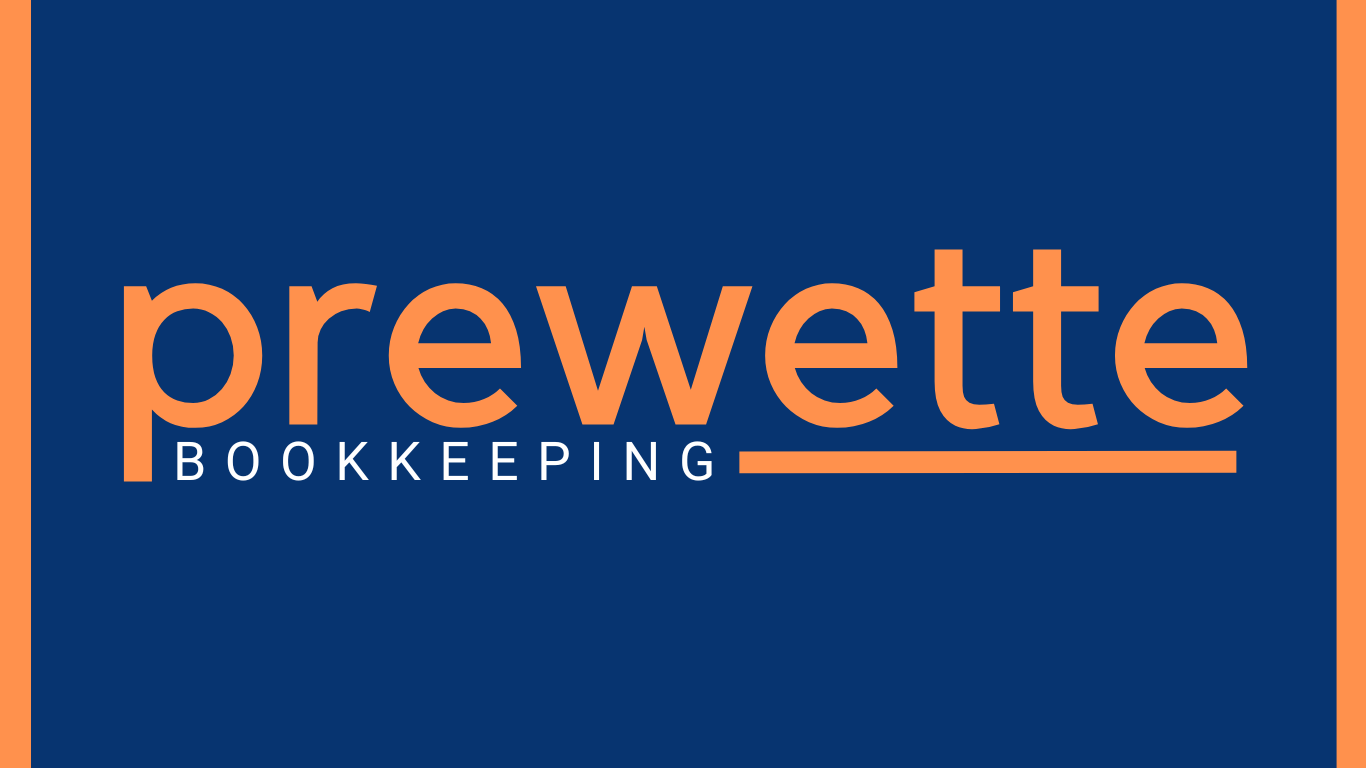One of the trickiest questions for service-based business owners, such as photographers, consultants, contractors, coaches, stylists, and other professionals, is this: How much should I pay myself?
Unlike employees, you don’t have a set salary spelled out in a job offer. Your income is tied directly to how well your business performs. Paying yourself too much can strain cash flow, while paying yourself too little can leave you burned out and financially stressed. The goal is to strike a balance that keeps your business healthy and rewards your hard work.
Why Paying Yourself Matters
Some owners delay or avoid paying themselves, choosing instead to put everything back into the business. While reinvestment is important, consistently skipping your own paycheck can send the wrong signal to your finances, your family, and even your staff. On the other hand, paying yourself recognizes your value as both an owner and a worker in the business. It also protects your personal finances by keeping home and business separate. It can also help you plan for taxes since owner draws and salaries are treated differently. And lastly, it supports sustainability because a business that can’t support the owner long-term is at risk.
Step 1: Understand Your Business Structure
How you pay yourself depends on your business entity type:
- Sole Proprietors & Single-Member LLCs – You typically take an owner’s draw, pulling money from profits. This isn’t considered payroll, but you’ll pay self-employment taxes on the income.
- Partnerships & Multi-Member LLCs – Partners are paid through distributions and sometimes guaranteed payments.
- S-Corps & C-Corps – Owners who also work in the business must take a reasonable salary through payroll (subject to payroll taxes) and may also take distributions/dividends.
Step 2: Assess Your Business Finances
You can only pay yourself sustainably if your business is profitable. Look at:
- Net profit (after expenses) – Are you generating consistent surplus?
- Cash flow – Do you have enough cash on hand to cover payroll, vendors, and taxes?
- Operating reserves – Do you have at least 1–3 months of expenses in the bank?
These numbers tell you how much your business can safely afford to pay you.
Step 3: Decide on a Pay Method
There are a few approaches service-based business owners often use:
- Percentage of Profits
Take a set percentage of monthly net profit. For example, 30% of profits go to the owner, 70% stays in the business. - Set Monthly Amount
Pay yourself a fixed amount, like a salary. This provides stability for your personal budget, but requires discipline to keep it consistent. - Hybrid Approach
Pay yourself a base amount monthly, then take bonus draws when profits allow. This combines stability with flexibility.
Step 4: Factor in Taxes
Don’t forget Uncle Sam. You’ll likely need to set aside:
- Self-employment taxes (for sole props/LLCs)
- Payroll taxes (for S-Corp or C-Corp salaries)
- Estimated quarterly taxes (to avoid penalties)
A common rule of thumb is to set aside 25–30% of income for taxes, though your exact rate depends on your situation.
Step 5: Revisit Regularly
Your pay as a service-based business owner shouldn’t be “set and forget.” Reassess at least once or twice a year. As your business grows, so should your paycheck. Likewise, if revenue dips, you may need to adjust temporarily to keep the business healthy.
Paying yourself as a service business owner isn’t selfish; it’s a critical part of running a sustainable business. By knowing your entity type, understanding your financials, and setting a clear system, you’ll create consistency for both your business and personal life.
If you’re unsure what’s “reasonable” or how to structure your pay, talk with your bookkeeper or CPA. The right strategy ensures your paycheck is both rewarding and financially responsible.

